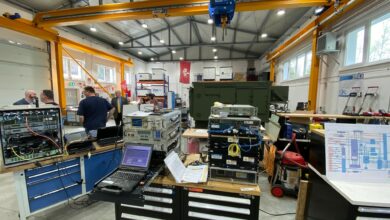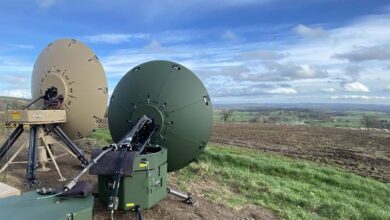US Army Researchers Developing Wearable Battery Charger
US Army researchers are developing a wearable fuel cell charger to reduce the burden of soldiers having to carry batteries on extended missions.
The on-the-move Soldier Wearable Power Generator (SWPG) fuels the Conformal Wearable Battery (CWB) currently worn on soldiers’ vests to power electronic devices such as radios, GPS, night-vision goggles, and weapons.
Compatible With Alternate Fuels
Army Futures Command researchers are exploring ways to “optimize the power density and efficiency” of the SWPG to make it work with “packaged fuels as well as commonly available substitutes such as windshield washer fluid,” avoiding the logistics chain of custom fuels.
Chemical engineer Shailesh Shah said that they aim “to deliver a simple, easy-to-use way for Soldiers to extend battery life and keep moving in the field by developing wearable fuel cells.”
Design Improvement
According to researchers, soldiers on “72-hour missions could save 12 pounds (5.4 kg) in battery weight under normal power draws with current [SWPG] prototypes.” Researchers are refining SWPG’s design to further reduce its size and weight for improved performance.
Chief Christopher Hurley said that the “key to enhancing our fuel-cell development is placing different prototypes in the hands of Soldiers during field exercises.”
“Engineers have been side-by-side with Soldiers to gain feedback during the Army Expeditionary Warrior Experiment in 2020 and 2021 with plans for 2022. The Soldier touch points are an invaluable resource in our development process so we can immediately turn around and incorporate their evaluations into our hardware systems.”
Need for Alternative Sources of Power
The initial breakthrough in on-the-move power generation technology for dismounted soldiers has come as US military experts have highlighted the need for cheaper ways of power distribution across the military. According to these analysts, the US military requires more electrical power to protect against “long-range” attacks abroad, while China controls over 70 percent of global lithium cell manufacturing capacity.
Speaking at a recent forum, these authorities urged the Pentagon to look beyond current energy contractors to spur a “breakthrough” in battery technologies, and suggested setting up a pilot program for the purpose.











